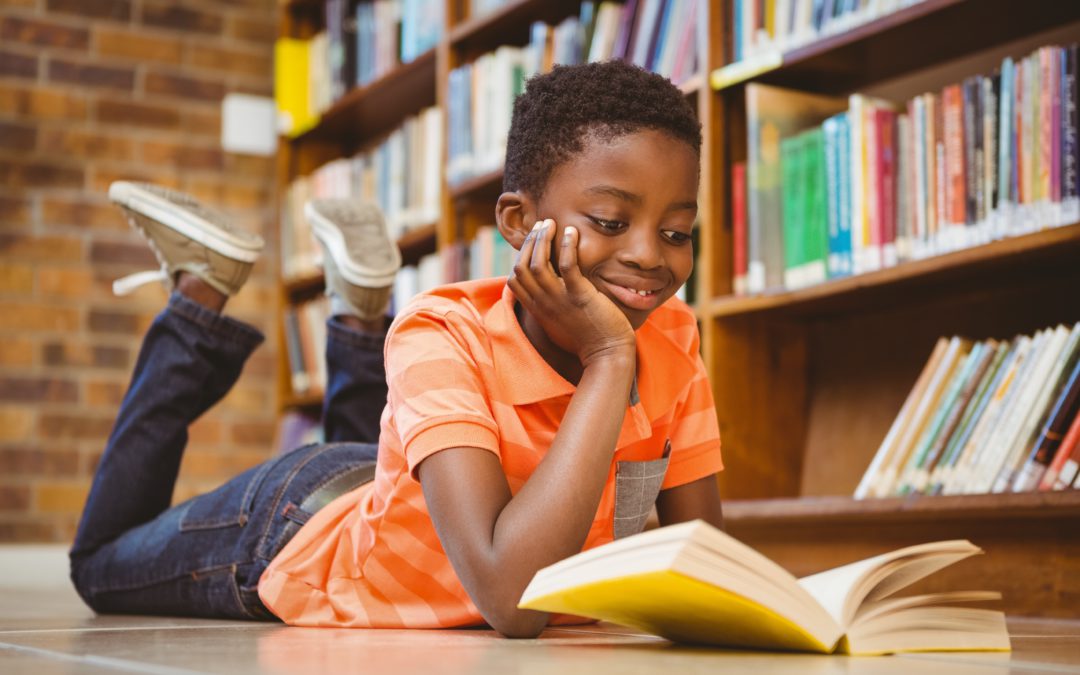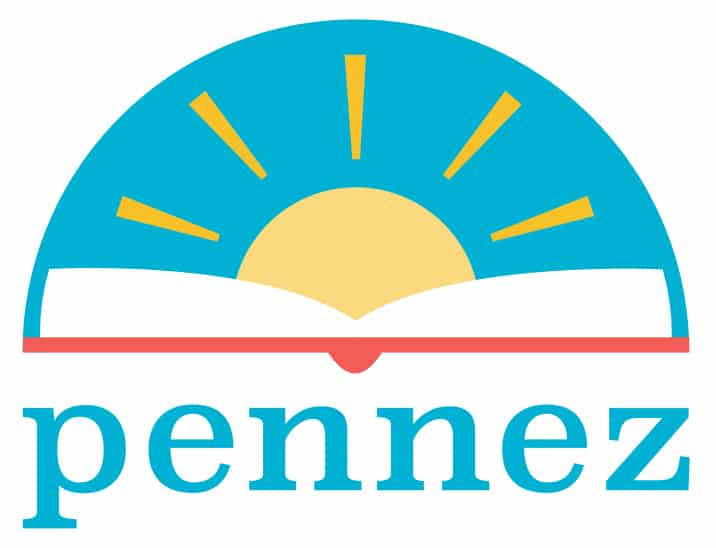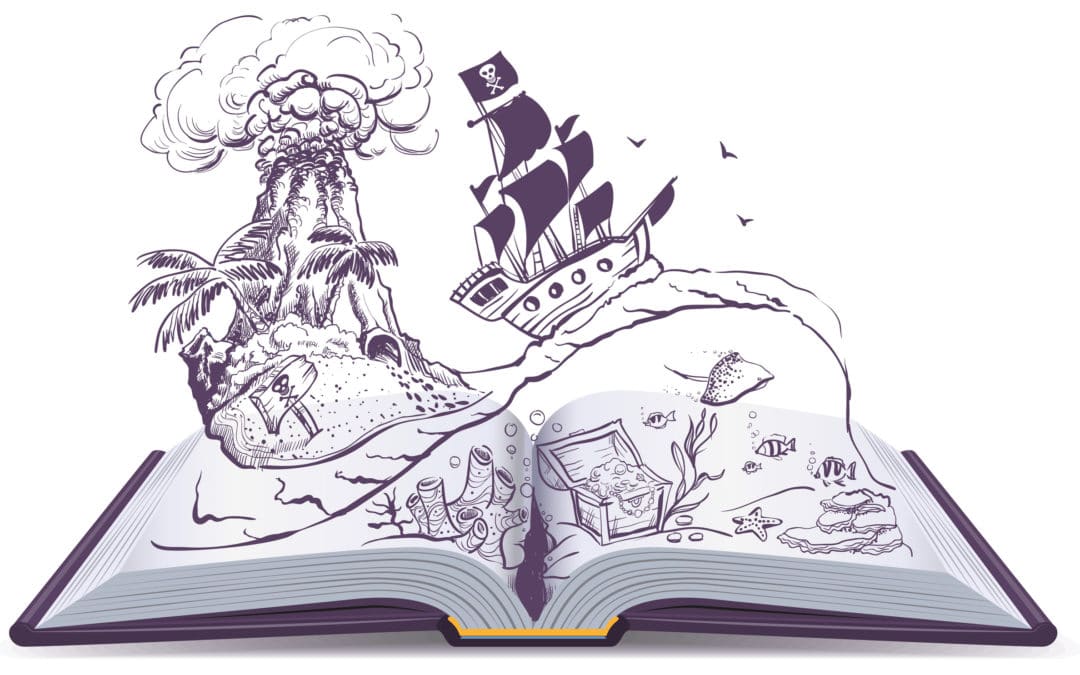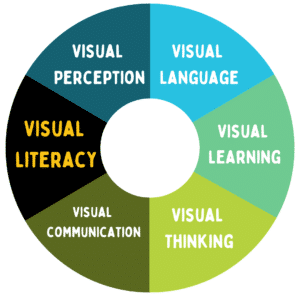
Reading Books for Academics and Pleasure
- Critical reading English for academic purposes
- Encouraging reading at home
- Pleasure of reading books
Ensuring that your child reads for fun or reads for school or academics requires stamina and balance. Particularly, these experiences include different books, skills, and ideas. Reading academically and for pleasure has unique differences. For example, reading for pleasure is when one is intrinsically motivated to read a book and they are not solely focused on reading for learning. Academic reading is meant to advance one’s knowledge or studies.
What does reading for pleasure look like?
| Classroom | Home |
| 15-20 Minutes each day, depending on age group. During times when there is center or guided reading work. Right after or before lunch. A set time at the end of the day before it is time to go home. | In the morning before breakfast or in the evening before bed. Before you turn on the TV for late-night cartoons. Driving in the car. |
What does academic reading look like?
Critically reading to understand the purpose of the text, build connections of the text, and to show the skill that the teacher or curriculum desires.
Ensuring the reader picks up vocabulary, syntax, and building of their comprehension.
Ultimately, finding books that are engaging and motivating takes time. There are online book finders and of course your local librarian who can help you find the books that are just right for your child.
Reading for Pleasure and Reading for Academics has stark differences. Ultimately if integrated on a daily basis, the reward can be great. Your child will be a reader and he or she will have the skills, stamina, and internal motivation to read.
Here at Pennez, we are looking to support you and your child in your online reading experiences. We have tutoring services, and a product called Read2Think. At Pennez we cater our tutoring services to ensure the books are inclusive and the lessons are on pace for your child. We also encourage parents to listen in on the first few times to exchange knowledge.


